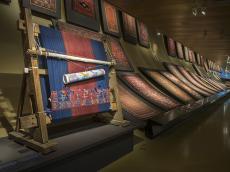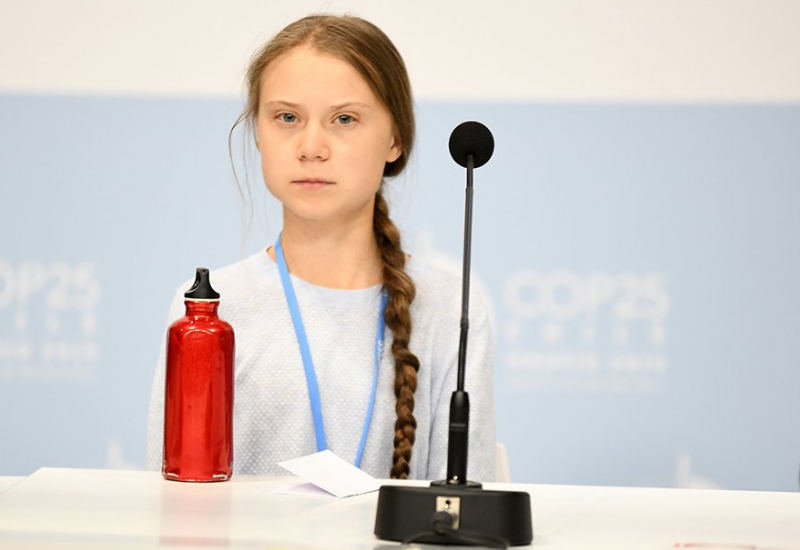|
|
TODAY.AZ / Arts & Entertainment
Azerbaijan marks Carpet Weavers’ Day
05 May 2020 [14:12] - TODAY.AZ

By Azernews
By Laman Ismayilova
Famous for their unique style, Azerbaijani carpets possess cultural and historical value. They are displayed at many prestigious museums around the world, including Metropolitan Museum of Art, Victoria and Albert Museum, the Hermitage and so on.
In 2010, Azerbaijani carpet weaving art was included into UNESCO`s Representative List of the Intangible Cultural Heritage.
Azerbaijan`s carpet weavers celebrate their professional holiday on May 5. In 2016, President Ilham Aliyev signed an order on the establishment of the Carpet Weavers Day to honor the work of carpet makers.
There are seven carpet producing regions including Baku, Shirvan, Guba, Tabriz, Karabakh, Ganja and Gazakh. Each of them is distinquished by its own technology, patterns and colors.
As for their technical aspects, Azerbaijani carpets can be classified into two categories: flat-woven (pileless) and knotted (pile). There are several kinds of pileless carpets such as Shadda, Verni, Jejim, Zilli, Sumakh, Kilim and Palas.
Shadda is a flat weave carpet, made primarily in Nakhchivan, Agdam, Gubadly, Agjabedi. The artistic composition of shadda made by complicated whipping, as well as its constituents have a complex form.
Verni is considered one of the most widely spread type of the flat-weave carpet. The major verni production centers are Agjabedi, Barda, Aghdam, Nakhchivan are the centers of this type of pileless carpets.
The main feature of verni carpet is the S-element. Its shape varies, it may resemble both figure 5 and letter S. This element means "dragon" among the nomads and "water". It is believed that a dragon featuring carpet would protect the family from foul weather.
Jejims are woven on simple horizontal looms by narrow stripes 30–35 cm wide and 15–10 cm long. The resulting product is a cloth to be used as a wall carpet, a bedding coverlet, or curtains. Barda, Nakhchivan, Zangilan, Shusha and Shamakha are among Jejim production centers.
Zilli carpet is well-known for stylized animal and vegetal elements, which are very diverse. They feature the images of large elements in the shape of big lozenges, paired horns, various stylized elements.
The Sumakh carpets have become widely spread and recognized over the last few centuries. Since the 18th century, they have been made in the country's Guba and Gusar regions.
The Sumakh carpets feature the diverse stylized vegetal motifs, various geometrical elements such as large hexahedral, square, rhomboid medallions.
Kilim is the most widespread type of flat-woven rugs, made by passing the weft through the warp using the technique of compound interweaving. Kilim is characterized by a slot-like gap (opening) around the geometrical patterns.
The technique of kilim weaving predetermines the pattern shapes in the form of a lozenge, triangle, and trapezium. Images of animals, birds and humans are geometrized in kilims. Kilims are distinguished by their composition, pattern, and colors. In terms of their technical peculiarities kilims can be classified into five major groups based on the area of production: Gazakh, Karabakh, Absheron, Shirvan and Tabriz kilims.
Palas is often decorated with traditional patterns in the form of horizontal stripes commonly used throughout Azerbaijan. As a rule, the palas is not framed by a border.
Unique examples of Azerbaijan`s carpet weaving art are treasured at National Carpet Museum.
Initiated by an outstanding scientist and carpet weaver Latif Karimov, the museum displays some of the best examples of the carpet weaving art.
The new building of the Carpet Museum, designed in the form of a rolled carpet, opened its doors at Baku Seaside Park in 2014.
Today the museum hosts many events, such as exhibitions, international symposiums, and conferences.
Last year, the museum received the national status for its significant contribution in popularization and promotion of the Azerbaijani Carpet Weaving Art.
.jpg/t_carptss1.jpg)
.jpg/t_carptss2.jpg)
.jpg/t_carptss3.jpg)
.jpg/t_carptss4.jpg)
.jpg/t_carptss5.jpg)
.jpg/t_carptss6.jpg)
URL: http://www.today.az/news/entertainment/193527.html
 Print version
Print version
Connect with us. Get latest news and updates.
See Also
- 15 November 2024 [17:54]
Azerbaijan's historical and cultural heritage on spotlight at COP29 - 15 November 2024 [15:11]
National judo team to compete at European Judo Championships U23 Individuals - 15 November 2024 [14:39]
Azerbaijani designer awarded Ahmad Javad medal in Turkiye - 15 November 2024 [13:33]
Baku to host Azerbaijan Dance Cup - 15 November 2024 [12:59]
Schedule of Azerbaijani national team's matches announced - 15 November 2024 [12:46]
"Voice of Nature" exhibition to open in Ganja - 15 November 2024 [11:22]
Heydar Aliyev Center hosts MAMA "Mother Nature" int'l art project and exhibition "Participate!" - 14 November 2024 [18:07]
Azerbaijan's architectural and landscape photographs showcased in Russia - 14 November 2024 [17:33]
Heydar Aliyev Center holds concert program "Awakening" - 14 November 2024 [17:16]
Winners of int'l photo contest "Children's Eyes on Earth" announced
Most Popular
 Azerbaijan's Leadership at COP29: Addressing Global Climate Challenges and Exposing Hypocrisy
Azerbaijan's Leadership at COP29: Addressing Global Climate Challenges and Exposing Hypocrisy
 Provocateur Le Pen go to jail
Provocateur Le Pen go to jail
 Macron Stung by President Ilham Aliyev's Truth: French Minister Ordered to Skip Baku Visit
Macron Stung by President Ilham Aliyev's Truth: French Minister Ordered to Skip Baku Visit
 Who uses Greta Thunberg and how?
Who uses Greta Thunberg and how?
 Climate Platform for business, investment & philanthropy launched within COP29
Climate Platform for business, investment & philanthropy launched within COP29
 United States announced plans to deepen security cooperation with Indonesia
United States announced plans to deepen security cooperation with Indonesia
 Azerbaijan’s COP29 presidency sets precedent with focus on amplifying voices of vulnerable nations
Azerbaijan’s COP29 presidency sets precedent with focus on amplifying voices of vulnerable nations
